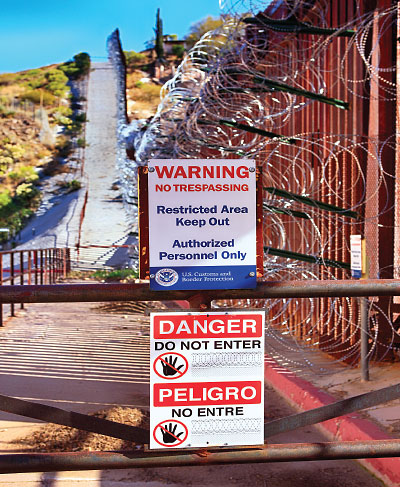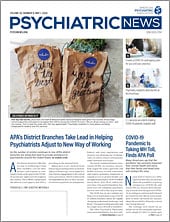According to a report by a federal watchdog, communication and management failures within the U.S. Department of Health and Human Services (HHS) left the department ill prepared to care for the thousands of undocumented children who were suddenly separated from their parents after a harrowing journey across the United States–Mexico border.
The HHS Office of Inspector General (OIG) detailed in a March report the various problems that impeded HHS’s response to the “zero-tolerance” policy issued by the Trump administration in spring 2018. The policy, implemented by the Department of Justice (DOJ) and Department of Homeland Security (DHS), resulted in the forced separation of more than 2,600 children from their families once they crossed the U.S. border. APA adamantly condemned the practice (see
Psychiatric News).
The OIG report is based on interviews with staff from 45 care facilities across the country, case reviews from a sample of separated children, and more than 5,000 documents.
According to the report, HHS was not notified in advance of the zero-tolerance policy, despite the existence of numerous interagency channels that are meant to facilitate coordination between federal departments. Meanwhile, staff within the Office of Refugee Resettlement (ORR), which is responsible for the care of separated children, raised concerns about a significant increase in the number of separated children, yet key senior HHS officials failed to act.
“One would have believed that, in light of the ‘zero-tolerance policy,’ decisive leadership would have included processes and protocols to protect the welfare of innocent children, even those who may have illegally entered U.S. borders,” said Kimberly Gordon, M.D., a child and adolescent psychiatrist; former vice chair of APA’s Council on Children, Adolescents, and Their Families; and immediate past president of APA’s Caucus of Black Psychiatrists.
Communication challenges plagued the reunification process as well. Care facility staff had problems trying to confirm the relationship between parents and children, delaying reunification.
One facility’s lead mental health clinician, who was not identified, stated that “not knowing what happened to their parents haunted the children,” according to the report. “We couldn’t tell them whether they would ultimately be reunited. It was challenging. We weren’t notified initially about how to connect parents with their kids. The kids had lots of questions, but we had no answers for them.”
In the March report, OIG recommended that HHS work to improve communication with both other federal agencies and with ORR care facilities, as well as to improve its system of identifying and tracking separated children.
The report also recommended that HHS ensure children’s interests are prioritized and represented in decisions, both within HHS and with other agencies. This is meant to “reaffirm that children’s welfare is the core, central mission,” said Ann Maxwell, assistant inspector general for evaluations, in an interview. Some HHS officials expressed to OIG a lack of awareness of the unique challenges of caring for separated children.
“In this program, HHS takes legal custody of these children, and with that they take on the responsibility of ensuring their safety and well-being,” Maxwell said.
OIG’s recommendations are not mandates, Maxwell explained, but the OIG does have a broad platform to ensure HHS follows its recommendations, such as through reporting to Congress and the public.
Gordon said federal agencies can seek counsel from mental health professionals and child welfare agencies to develop protocols that protect the human rights of children. “This is, above all things, a human rights issue.” ■
“Communication and Management Challenges Impeded HHS’s Response to the Zero-Tolerance Policy” is posted
here.

